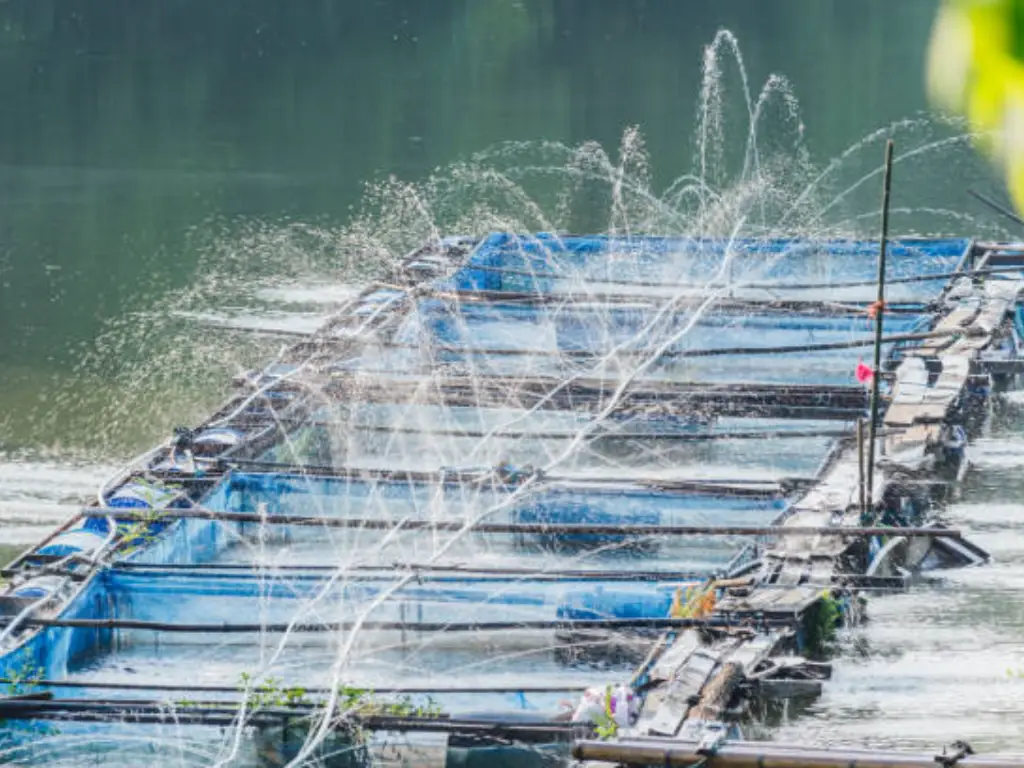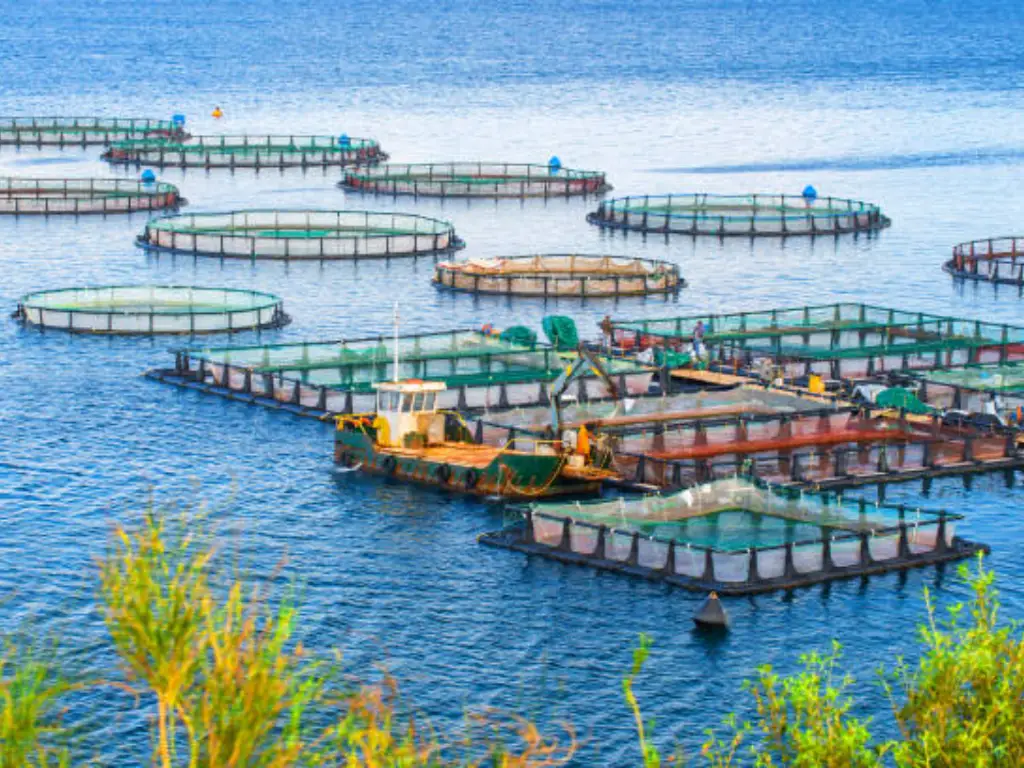Aquaculture is the farming practice of aquatic living organisms, which has progressed into a modern and high-technology industry. Aquaculture has emerged as an essential part of the world’s food systems as the population of the world keeps rising and the pressure on the wild fish stocks keeps mounting. Its techniques are varied, including earthen ponds which operate in harmony with nature, to high-technology bio-secure buildings designed to be highly efficient. Knowledge of the range of these production systems is essential to producers and investors as well as consumers and policy makers who are faced with the challenge of the complex world of sustainable food production. This paper gives an in-depth analysis of the most common form of aquaculture, a comparison of the realities of its operation, and the technology frontiers that will define its future.
What is Aquaculture and Why It Matters?
In essence, aquaculture is a certain kind of farming whereby aquatic animals such as fish and shellfish are farmed along with aquatic plants. Such cultivation means that there is intervention during rearing to increase aquaculture production, like frequent restocking, feeding, and protection against predators. The importance of this industry could hardly be overestimated. The Food and Agriculture Organization of the United Nations (FAO) has reported that the supply of seafood to human consumption has grown almost exclusively due to aquaculture, as wild-capture commercial fishing has been largely stagnant or declining over the last few years. The world production of aquaculture now contributes more than half of the total seafood and other commercial products consumed worldwide, and this is expected to increase.
This huge fish production plays a crucial role in the food security of the world. Aquatic foods provide high quality protein, omega-3 fatty acids, and essential micronutrients to billions of people. The contribution of aquaculture as an industry is a source of livelihoods to millions of people, especially in developing countries, where the industry can be the backbone of rural economies as a source of aquaculture development. Moreover, aquaculture, when done responsibly, is a chance to create protein with a reduced environmental impact in comparison with most terrestrial livestock systems. With the twin tasks of feeding a predicted global population of almost 10 billion people by 2050 and curbing environmental degradation, the role of a productive, responsible, and resilient aquaculture industry is growing in importance.
Traditional Systems: Working With Nature
The main characteristic of traditional aquaculture systems is that there is direct contact with the natural environment. Such practices as earthen fish ponds and simple open-water net pens are usually lower in technological intensity and capital investment. They collaborate with the ecological processes to maximize the growth of fish instead of trying to get full control over them.
Pond Culture
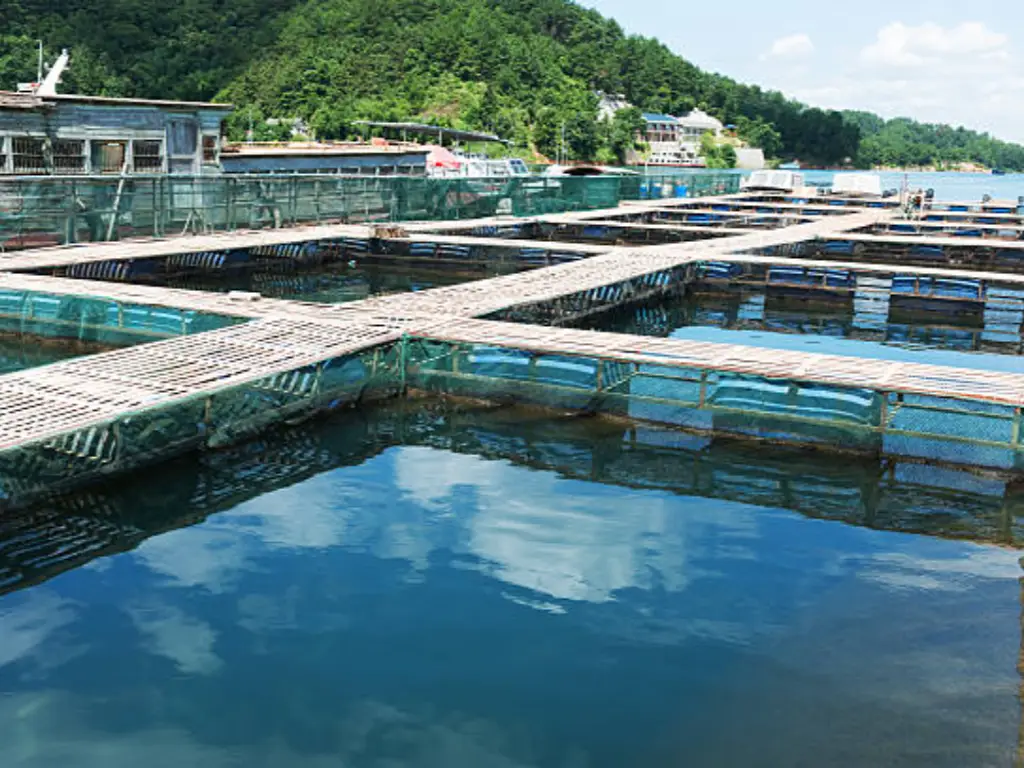
It is among the oldest and most common types of freshwater fish farming. Earthen ponds are built to hold water, and stocking densities for various fish species are usually maintained at either an extensive or semi-intensive level. The food chain may be supplemented by primary productivity in the pond ecosystem, which is most suitable for the fast growth of omnivorous fish such as the common carp (Cyprinus carpio).
- Advantages: Initial costs of setup will be reduced as well, and operational management will be easier. The method is flexible and has been utilized for over a century.
- Limitations: Productivity is very sensitive to local climatic conditions and water supply. Such systems are susceptible to climatic changes and illness. Moreover, effluent containing nutrients may affect the receiving waters in case of improper management.
Basic Net Pens
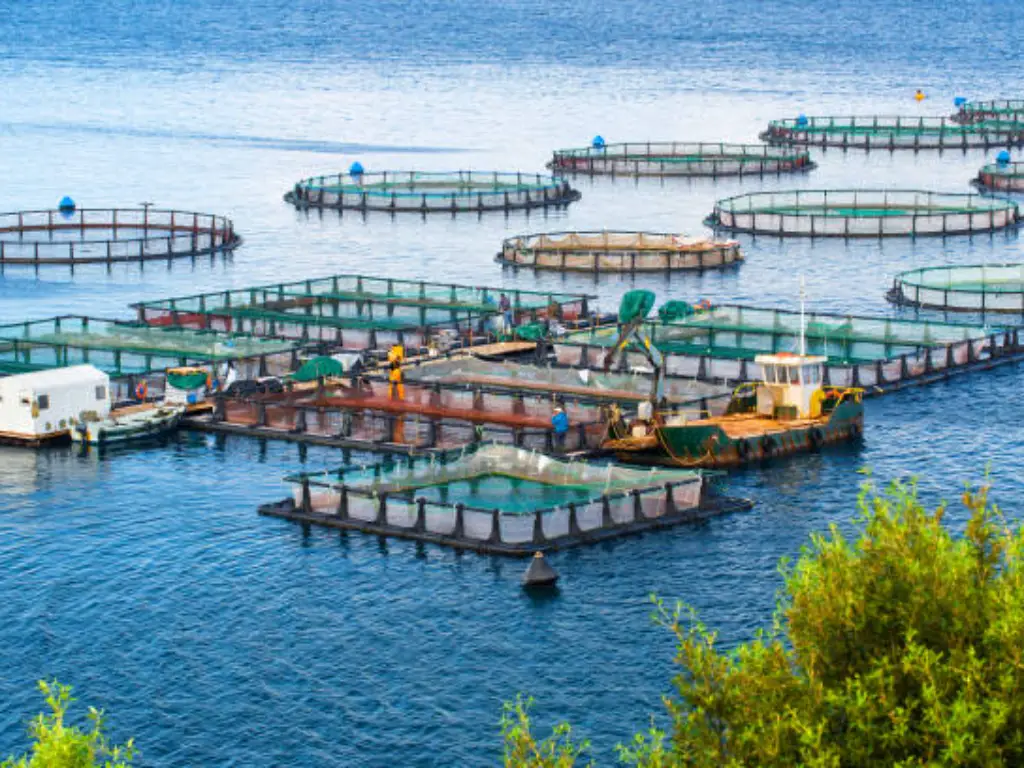
Fish in this system are confined in net cages or pens fastened to the natural waters, like the coastal waters or in large lakes in freshwater. The continuous turnover of water takes with the outside environment, supplies oxygen, and spreads the waste products.
- Advantages: This technique uses free natural water bodies, so there are no costs of land and pumping of water. It is also highly applicable to several water creatures, particularly saltwater fish.
- Limitations: There is a lack of control over water quality and temperature. There is a risk of escapes, which can impact wild populations, and user conflicts can arise with activities like recreational fishing. The accumulation of waste on the benthos can also degrade the immediate marine environment.
Advanced Systems: Engineering for Efficiency
Unlike in the past, modern aquaculture facilities are designed to regulate the production environment, thus optimizing efficiency, biosecurity, and yield. They are systems that replace natural processes with technology and necessitate huge capital investment and technical skills to realize rapid growth and high quality final product.
Recirculating Aquaculture Systems (RAS)
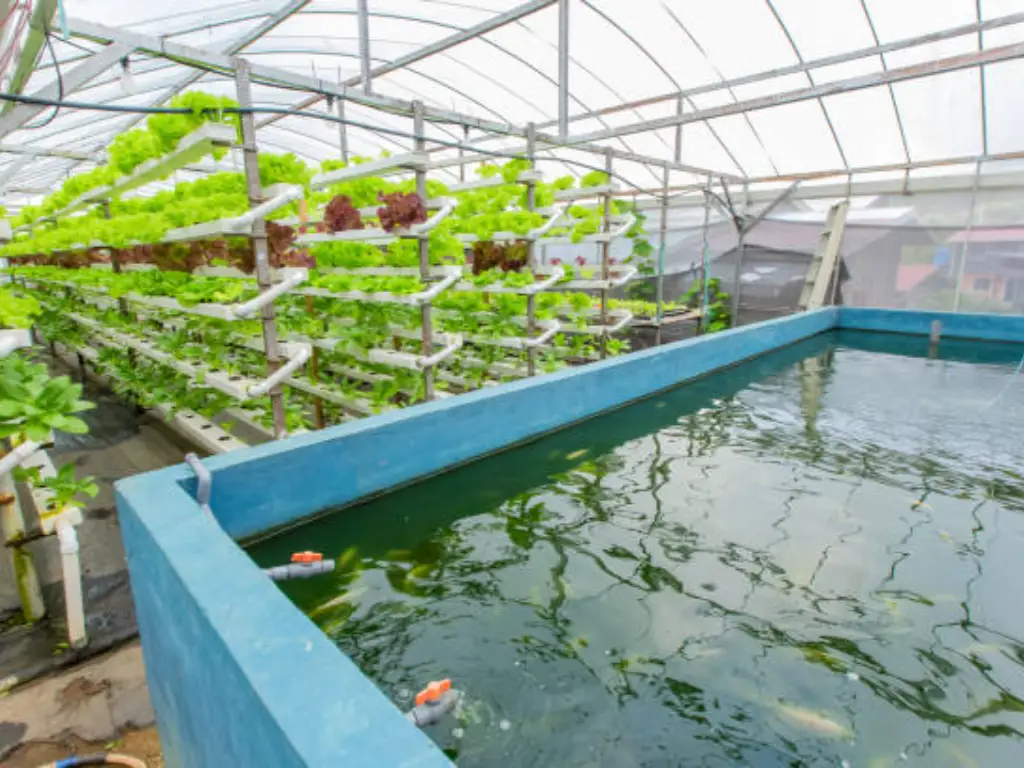
It is a paradigm shift that is land-based in nature. In an RAS, water is reused in a closed or semi-closed loop. A set of complex filtration systems, such as mechanical filters, biofilters, and oxygenation systems, ensures that the water remains in the best possible condition, which enables control of the whole life cycle of the cultivated organism.
- Advantages: RAS provides near total control over the rearing environment and shields stock against external pathogens. Such a level of biosecurity lowers the necessity of chemical treatments and other prevention strategies to a considerable extent. These systems could be placed anywhere virtually, which enables the production to be near the consumer markets.
- Limitations: The primary barriers are high capital expenditure and significant operational expenditure, largely due to energy consumption. The complexity of these systems demands a highly skilled workforce.
High-Density Raceways

Raceways are long channels or tanks through which water flows continuously. While traditional raceways use a “flow-through” model with significant water discharge, modern intensive raceways often incorporate water reuse and treatment technologies, placing them in the advanced category. They are commonly used for species that require constant current and high-quality water, such as trout.
- Advantages: There is a high quality of water and removal of waste due to the continuous flow. They enable high stocking densities, ease of stock management, and, lastly, harvesting of fish.
- Limitations: Conventional flow-through raceways must have access to very large quantities of water. This is reduced by more sophisticated, partial-recirculation raceways at the cost of making the system more expensive and more complicated.
The Future of Aquaculture and Infrastructure Needs
As the aquaculture industry moves toward more efficient and sustainable practices, traditional farming methods are gradually being replaced by modernized facilities and technologies. This not only requires more precise water quality control but also demands more stable and flexible infrastructure. Especially in systems like cage farming, choosing the right infrastructure is crucial for maximizing productivity and minimizing environmental impacts.
Hiseadock’s floating dock systems are the ideal solution to meet these needs. Made from high-density polyethylene (HDPE) and featuring UV resistance and impact durability, they are well-suited for various aquatic environments. With a modular design that allows for customization, Hiseadock’s floating platforms offer flexible solutions for ensuring stability and efficiency, supporting the sustainable growth of the aquaculture industry.
Matching the Farming System to the Species
Biological needs of the species under cultivation are inherently connected to the choice of an aquaculture system. An ideal correlation between the physiology of the organism and the engineering of the farm is not only necessary to ensure animal welfare, but also a commercial success.

- Salmonids (Atlantic salmon, Rainbow trout, Arctic char):
These freshwater fish (usually cultured in saltwater) need cool, clean, and well-oxygenated water. Coastal net pens have traditionally been used to farm salmon. Land-based RAS is, however, experiencing a major industry transition to raising young fish (smolts) and, more recently, growing fish to marketable size, particularly in North America.
- Shellfish (Blue mussels, Oysters):
Shellfish farming culture utilizes the productivity of the sea. Being filter-feeders, the organisms are best suited to be farmed in coastal waters by suspended aquaculture practices (longlines, rafts). Such systems do not need supplementary feeding, which means that they are very sustainable.
- Other Marine Organisms (Sea urchins, Sea cucumbers):
Agriculture of species such as sea urchins and sea cucumbers is an expanding industry, which may be established to cater to luxury food markets or to ecological restoration. Such peculiar marine creatures need special systems that recreate their natural environments, which can be incorporated into IMTA platforms.
- Warm-Water Species (Tilapia, Atlantic halibut):
A robust fish such as Tilapia does well in conventional earthen ponds and can be a very good species to put in intensive RAS. High-value warm-water flatfish such as the Atlantic halibut are nearly all farmed in land-based facilities where their unique environmental requirements can be fulfilled to perfection.
A Head-to-Head System Comparison
Aquaculture system selection is a complicated trade-off between monetary investment, operational and environmental performance, and output potential. The table below gives a comparative outline of the major production systems.
| System | Capital Cost & Operating Cost (Cost) | Environmental Impact | Technical & Operational Complexity (Complexity) | Potential Production Yield |
| Earthen Ponds | Low-Moderate | Risk of effluent discharge (eutrophication); high water and land use; potential for habitat conversion. | Low | Low to Moderate |
| Open Net Pens | Moderate | Direct discharge of waste; risk of fish escapes and disease transfer to wild stocks; benthic impacts beneath cages. | Moderate | High |
| Flow-Through Raceways | Moderate | High water consumption; potential for thermal and chemical pollution of receiving waters. | Low to Moderate | High |
| Recirculating Systems (RAS) | Very High | Minimal water use and effluent discharge; high energy consumption (carbon footprint); contained waste for disposal. | Very High | Very High |
This analogy shows a definite trend: the more technologically advanced and expensive the system, the smaller its direct environmental impact (in terms of discharge and escapes) and the greater its possible output. Nevertheless, the indirect footprint, especially the energy-intensive nature of RAS, is a more important factor. The optimal system is thus very situation specific, based on capital available, species, location, and regulatory framework.
The Push for Sustainable Aquaculture
One of the major factors that has increased the growth of aquaculture is the need to have a more environmentally sustainable aquaculture. This has given rise to novel models that will reduce negative effects and establish healthier environments.
Integrated Multi-Trophic Aquaculture (IMTA)
It is a biomimicry-based approach. In a common marine IMTA arrangement, fed finfish are cultured together with extractive species. Farmed aquatic plants (such as kelp) take up the extra nutrients in fish waste, and shellfish feed on organic matter. This forms a self-balancing system, which corrects waste production.
Organic Farming
Organic principles are being used more and more in aquaculture. These standards usually do not allow the use of prophylactic antibiotics, set lower stocking densities, and demand that primary feed ingredients, including fish meal, fish oil, and fish feed, must be produced by certified sustainable fisheries. The aim is to manufacture commercially viable products with preventive measures of maximum ecological integrity.
Regenerative Aquaculture
This idea goes beyond sustainability and centers on agricultural processes that actively repair the health of the ecosystem. A good example is the cultivation of shellfish and seaweed. Indeed, oyster beds, as an example, form 3-dimensional habitats for many other marine species, and both oysters and seaweed remove excess nitrogen in the water, fighting eutrophication and increasing water clarity. Such forms of aquaculture can specifically be used to achieve environmental restoration objectives, a transition from trying to just do less harm to doing something good that can be measured.
Future Frontiers: AI, Offshore, and Cellular
Aquaculture is at the threshold of another technology revolution made possible by data, automation, and biotechnology. These frontiers are expected to further increase efficiency, sustainability, and resilience.
- Artificial Intelligence (AI) and Automation: AI is transforming the management of farms. Machine vision and sensor networks will help to automate feeding and monitoring of fish health and serve as a high-tech preventative to disease outbreaks, making aquaculture operations more efficient and responsible.
- Offshore Aquaculture: The increasing pressure on a coastal area is forcing the industry to turn to the open ocean, typically situated within a country’s exclusive economic zone. Offshore aquaculture uses deep water well-engineered structures, which provide clean currents, but have tremendous logistical problems.
- Cellular Aquaculture: This entails the production of seafood out of animal cells. In theory, this technology may be used to create meat of species such as wild salmon without any effect on their population. Although the market size is nonexistent and the technology is in its infancy, it has the potential to transform in the future as a complement to the conventional methods.
How to Choose Your Aquaculture Path
The choice of the system of aquaculture to be implemented ultimately lies on the objectives of the operator, available resources, and risk tolerance. No one way is best, nor is there one single best way, but there is a way most appropriate to a particular setting.
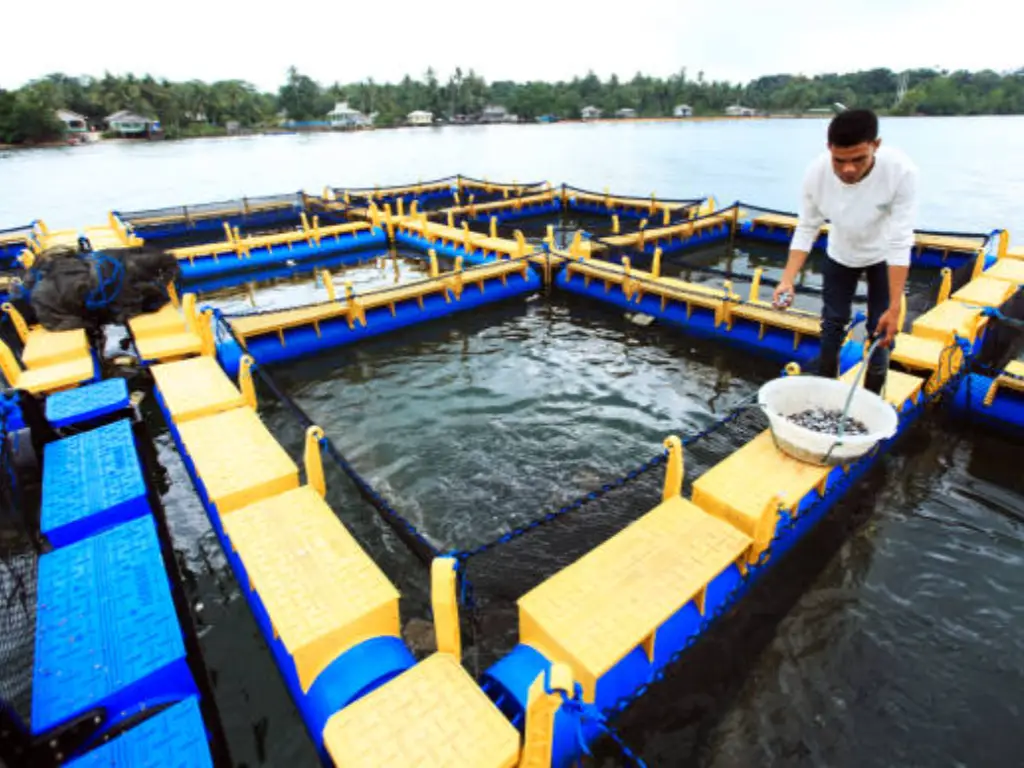
For the Small-Scale Entrepreneur or Community Project
A low barrier to entry is available in traditional systems, such as earthen ponds or simple and small-scale integrated systems such as aquaponics (a form of IMTA). They are less capital-intensive and do not need many technical skills; hence, they are appropriate to produce local foods, generate livelihoods, and provide hands-on experiences. Here, emphasis is placed on resilience and resourcefulness and not output maximization.
For the Large-Scale Commercial Investor
The decision is often a strategic choice between the established model of open-water net pens (in suitable locations) and the high-tech Recirculating Aquaculture System (RAS). While net pens may have lower initial costs, RAS offers unparalleled biosecurity, market proximity, and environmental control, which can de-risk the investment against disease outbreaks and climate events. For investors with a long-term horizon and significant capital, RAS represents the future of intensive, industrial-scale fish farming.
For the Researcher or Sustainability Advocate
The most attractive directions are the development and verification of the next generations of sustainable models. This entails the optimization of IMTA designs to various combinations of species and environments, the creation of cost-efficient regenerative initiatives that may be expanded to have ecological effects, and the scientific and engineering challenges of the next frontiers, such as offshore and cellular aquaculture. It is all about innovation and demonstration of the feasibility of systems that can sustain humanity in a way that safeguards and heals our aquatic life.
Conclusion
Aquaculture has progressed significantly, and it has gone from a traditional process to more modern systems that utilize the latest technology. The future of fish farming is bright, whether it is net pen farming, sustainable development of farming, offshore aquaculture, or cellular farming. All these systems have their advantages and disadvantages, and the decision is made depending on the species to be grown, its effects on the environment, and how scalable it is. Achieving the right balance between efficiency, sustainability, and innovation is the key to the success of aquaculture. With the ever-increasing aquaculture industry, the industry will be instrumental in providing food to the world without destroying our natural ecosystems, to be enjoyed by future generations.


